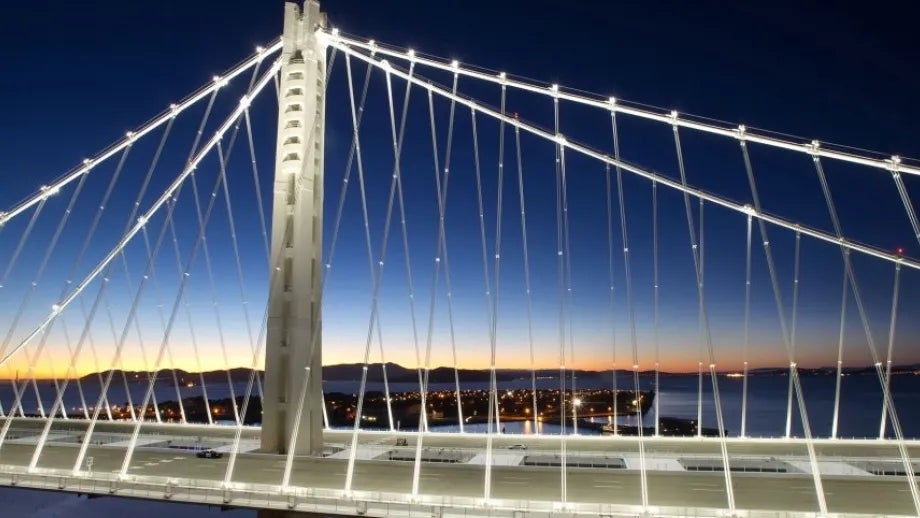Governor Signs Toll Bill, Puts Comprehensive Traffic Relief Plan on Bay Area Ballot
Governor Brown’s action today to sign into law Senate Bill 595 clears the way for Bay Area voters to decide – potentially as early as next June – on Regional Measure 3 (RM 3), which would raise tolls by up to $3 on the region’s seven state-owned toll bridges to finance the sweeping $4.5 billion package of congestion relief and mobility improvement projects identified in the bill. The Metropolitan Transportation Commission (MTC), in its role as the Bay Area Toll Authority, is expected to decide by early 2018 when the RM 3 question will appear on ballots in the nine Bay Area counties. The Commission also will decide the amount of the proposed toll increase and whether the proposed increase would be instituted all at once or phased in over several years.
The RM 3 expenditure plan provides mobility improvements in each of the region’s seven state-owned bridge corridors, helping to speed up commutes and provide better travel options, particularly for those traveling to major job hubs, such as San Francisco and Silicon Valley. The plan includes numerous congestion relief projects in the bridge corridors, including new express lanes, a direct freeway connector from northbound U.S. 101 to eastbound Interstate 580 in Marin County to improve access to the Richmond-San Rafael Bridge as well as improvements to the westbound approach in Contra Costa County; constructing a direct connector between Interstates 680 and 880 in Fremont and improvements to the I-680/State Route 84 interchange in Alameda County serving the Dumbarton Bridge; upgrading the I-680/State Route 4 interchange in Contra Costa County serving the Benicia Bridge corridor and the U.S. 101/State Route 92 interchange in San Mateo serving the San Mateo-Hayward Bridge; various improvements to relieve congestion in the Dumbarton Bridge corridor and improve State Route 37 in Marin, Sonoma, Napa and Solano counties; completing the widening of U.S. 101 to three lanes in each direction through the Marin-Sonoma Narrows. Major public transit improvements that would be funded by the measure include 306 new BART cars that will expand the fleet to accommodate record ridership; new ferries and expanded service and terminals across San Francisco Bay; further extension of BART’s Silicon Valley service to downtown San Jose and Santa Clara; extending Caltrain to downtown San Francisco; expanding transbay bus service and AC Transit’s bus rapid transit lines serving the transbay corridor; extending the new SMART rail system to Windsor; and expanding San Francisco’s fleet of Muni Metro rail cars to improve transit access not just to San Francisco, but within it as well. RM 3 also would fund a $150 million grant program to improve bicycle and pedestrian access to regional transit hubs and to close gaps in the San Francisco Bay Trail.
“Nobody likes higher tolls,” commented MTC Chair and Rohnert Park Mayor Jake Mackenzie. “But nobody likes traffic jams or crush-loaded train cars either. The Bay Area has been blessed by seven straight years of strong economic growth. But the price we’ve paid is the growing congestion on our freeways, railways and ferries. If our region is going to maintain its economic leadership, we have to invest in projects that will keep businesses and their workers moving. Gov. Brown and the state Legislature deserve a lot of credit for shaping RM 3 into a comprehensive and integrated strategy that will modernize both our highways and our transit networks.”
For details on the complete range of investments that would be funded if a majority of voters in the nine Bay Area counties approve RM 3, click here.
MTC is the transportation planning, financing, and coordinating agency for the nine-county San Francisco Bay Area.

